Faye Hall is a marvelous Canadian painter who creates storytelling works of art. Her paintings support humanitarian causes, appear in art galleries, become covers of books and CD’s, and grace living rooms and websites. Every Faye Hall painting tells a story, but the journey Faye took to become the artist she is today is as fascinating a story as the paintings she creates. Here is a glimpse into that story and a look at some of the work that illustrates it.
Ebonie Klassen of Ebonie Klassen Photography made the opening image of Faye Hall as well as other attributed images in this interview. Kudos to Ebonie for her very fine work!
LES: Faye, the opening of your book Art begets Art begins with the question “from whence does my inspiration come?” That seems a simple enough question. Why does that question carry the significance it does for you? Why does it matter where it comes from and perhaps more importantly, why does inspiration itself matter?
FH: Because I am a believer in God, I naturally attribute most of my inspiration to His input. He is the Creator, after all – if I am inspired by a tree, it is one that he created. If I am inspired by a face, it is a face that he created. All art is actually collaboration – collaboration of the created world in combination with our own ideas. Inspiration matters to me, because I can give credit for my work to my creator, which is very important to me. I am nothing, and only do what I do because of the circumstances that He has given me during my life. It’s exciting to me to get these surges of inspiration, and knowing that it is God’s way of communicating with me and ultimately expressing myself.
LES: Given that so much of your art work is in response directly to the art of others, could you explain what it is you experience as a trigger by other people’s art to then plunge into creating a tangible echo of the art you have seen? What is that gets “set off” when you see something in a photograph for instance? What is that compelling drive to create something in response, or in a sense, to re-create the first image?
FH: This is hard to explain. When I began painting, I was inspired by Steve Bell’s photos of people. When I would see a certain photo of a face, I felt a strong urge to paint it. These urges wouldn’t leave me until the painting was completed. When I saw your photos of Malcolm Guite, the same urge occurred. The results of these paintings have led to other projects that are a delight to be a part of and might never have happened had I not followed the first urge.
LES: Faye, you relate the story of your own life history as being essentially born a painter and then through life circumstances, some self-selected and others not, setting your brushes down for 20 years. During that time you worked in the practical career field of advertising which helped pay the bills and then after a significant loss in your life you worked in a very pragmatic setting of a church office. What did the training of those two jobs do for you as an artist, and specifically as a painter? Was that time fruitful even though it might have seemed then like a waste of gifting?
FH: Trained as an advertising designer, originally I freelanced from home as my children grew up. Needing to work with people again, and being tired of the advertising grind, I switched to become an administrative assistant at my home church for seven years. Amazingly enough, there was enough of an outlet for my art during that time as well. I produced a newsletter, did a great deal of cartooning, card making, signs and decorating projects around the church. I truly believe that the jobs I had, prepared me for the present job I have working for Steve Bell. His office wouldn’t have hired me if I couldn’t type, didn’t have computer skills and be able to organize an office. The jobs I did before were not a waste of time. I had to wait until I was 50 years old to come to this realization.
I’d like to encourage folks to look to the future – whatever you’re working at right now is preparing you for what you are meant to do.
LES: How did what you learned and how you were changed during that long period influence the way you paint now?
FH: When I did casually pick up a paint brush during those earlier years, my paintings were of little significance and meaning. For example, I did a few paintings of my children and my cats. I would never in a million years have imagined that I am doing what I am doing today. The long period in between helped me gain a great deal of maturity and purpose.
LES: You work with Steve Bell, fabulous singer, song-writer, storyteller and humanitarian. Would you give us a bit of the story of how you came to work with Steve and what his influence on you has been?
FH: After seven years at my church office job, I knew once more that a change was needed, and I started applying for another job. Steve Bell had used our church for a couple of concerts and rehearsals for the symphony, so one day I casually asked his manager Dave Zeglinski if he had any job openings. He didn’t at the time, but months later he remembered that I had asked. When his office called to ask me to apply for a job, I had to turn them down as I had just gotten a new job at a local radio station. But on my first day of training at the job, I was told that the station had been changed to a country-themed station, and my job had been eliminated! I was widowed at the time, and had already resigned from the church. So I called up Signpost Music and asked if I could apply for their job. It was only part-time, so I would need to find additional work. I ended up working for a year with four jobs, juggling them until I was offered full-time at Signpost Music. That was an intense year when I also married my new husband.
Steve had just returned from two trips with the Canadian Foodgrains Bank, with a camera full of pictures of the beautiful faces of the people he met on the way. Something clicked inside my heart as I viewed these photos. I asked Steve if it was okay for me to try painting them, and of course he assented. He liked the first ones I tried, and I kept going. He has been my art mentor ever since! He’s commissioned work from me several times for home and for work. Most recently I did a new painting themed for his newest album “Where the Good Way Lies”, which comes out in fall 2016. The painting “Love is Our Way” was one of the rewards for his Kickstarter fundraising campaign.
LES: In Art begets Art you show a beautiful painting titled “Faith” and mention you painted it following a period of depression in your life. You also tell that it has become a cornerstone in your collection. Why is this particular painting a cornerstone in your work?
FH: Early on in my second marriage and exploration of art, I went through a few weeks of depression. At the end of this time, when I started “seeing light” again, I painted a portrait, using some new abstraction skills from an art class. To my surprise, the face of the woman looked like someone I knew. Her name is Rocio, a faith-filled Columbian woman married to my cousin’s son. The finished painting was a further surprise that it turned out “okay”, or so I thought at the time. When I posted the painting online, and in later art showings, this painting has always been a favourite among the viewers, and I’ve sold quite a few prints of it. A woman suffering from a bi-polar disorder bought one to cheer her in the mornings when she woke up. A chaplain from a prison has one in his office to create a positive atmosphere when he counsels. Another businessman bought one for his office to meditate on during the day, and my own pastor did a sermon series using the painting as the main focus. This kind of a reaction over a period of time has amazed me, and encouraged me to keep painting.
LES: Many artists, if not all, are intimately familiar with depression, deep loss, and pain. What role has depression played in influencing your art? What has it brought to your work that might not have been there without it and has it played a part in the way you are inspired?
FH: In general, I feel the ups and downs of life make us grow as individuals. While I went through a very rough time when my first husband died in 2002, I have grown to be very empathetic with others enduring the same twists and turns of life. God really does help us if we allow him to. I had a great deal of counseling, and was amazed at the number of people telling me that they were praying for me and my family. It felt like a life-buoy. I’ve experienced depression many times. The joy that follows a bout of depression, and the “light at the end of the tunnel” has proven to be something that I can pour out into my art. I had never understood until then that one’s feelings can be output in this way. If one has a fantastic life and is happy all of the time, it wouldn’t produce very meaningful art, in my opinion. Art needs to connect with the viewers in visceral ways to be meaningful. The months preceding the publishing of my art book “Art begets Art”, I went through a great deal of turmoil, thinking that I shouldn’t produce it, and that my art was just not good enough. It was rough. But I ploughed through it and in the end was quite pleased with the results.
LES: Just looking through your body of work, Faye, it is tempting to be overwhelmed with the number of paintings you have created since picking up your brushes again. How do you manage creating such a range of work, hold a job working with another highly productive creative, nurture a marriage and family life?
FH: In the beginning, I painted slowly – one painting a month, and as time went on, the inspiration from other directions and art classes sped up my work. I started painting in 2008, and now am nearing the 300 number of paintings. This has both amazed myself and my family, and filled up my house. My husband renovated our basement into a lovely rec room/art gallery. Sometimes it overwhelms me that when I die, my children are going to have to do something with all of those paintings! I feel bad for them. Some of the paintings have sold, and I’ve given many away, but there’s still a lot there.
I am thankful that my boss Steve Bell has mentored me and keeps encouraging me. I married my husband Darrell Hall in 2007, and he is 100% supportive of my extracurricular activities. My two grown children also seem to enjoy my paintings – my granddaughter loves the portrait of her mommy with her as a baby. I work full time in the fall and winter and part-time in the summers, and somehow find enough time to paint, and make a priority never to neglect my family. I consider this a miracle in itself!
LES: One of the remarkable ways you have been involved in collaborative endeavors is through a project with Charles Mully, the founder of the extraordinary Kenyan orphanage Mully Children’s Family, and writer Paul Boge. You illustrated the beautiful children’s book The Biggest Family in the World written by Paul about the story behind the founding of this orphanage and the work that is done there to this day. I love your story of how this book come into being.
Looking at the entire process now that it is completed and has gone into the world to serve its purpose, how do you think God used the process to shape you as an artist and as a work of His own art? What can you tell us about following “nudges” toward bringing something into being?
FH: When I look back at the number of paintings and work involved in the Mulli children’s book project, I am able to say confidently that miracles do exist! How else could I complete such a huge project over 1 1/2 years, painting hundreds of faces and details? The project wasn’t without problems, including a major car accident where the publisher and his wife were nearly killed. There were two months where Paul Boge and I were unsure that the book would even be published. But we prayed and kept on working, trusting God. I have grown in my faith, trust in God and been given confidence in myself and my work. I’m still very critical of my work, and am often troubled with doubt, but am able to work through it. I’m presently working on a new book project with Malcolm Guite, illustrating his poetry from Seven Whole Days with 63 paintings. I would never have considered that type of a project a few years ago.
I love nudges. I like to think that many of them are God giving me direction.
Some come quickly and produce surprises, and some take a while to come to fruition – like the Mulli book, which took a year for me to even find out why God wanted me to paint for The Mully Children’s Family. (The book was nominated for an award with The Word Guild, and I will be attending the award ceremony on June 24/16).
LES: Faye, I’ve read that you are less concerned with making a painting ‘pretty’ than with telling a story. What is the role of story-telling in your art and why does storytelling matter in the visual arts?
FH: When I visit an art gallery, I love looking at beautiful work, but too often there is only the artist’s name and a title of the artwork. When there is a brochure or a story of the painting available, it makes it so much more interesting and easy to understand. Steve Bell’s music tells stories. He elaborates on the stories at his concerts. He touches hearts and blesses people who identify with his stories. That is what makes him successful. I want my art to touch hearts, bless people and connect with them. It’s fine to make beautiful art for above people’s couches, but I find my gratification in the interaction with the viewer.
LES: Faye, you and I have a common interest and connection to the relationship of Steve Bell and Malcolm Guite, as artists and as friends. The result of our collaboration around an original set of photographic portraits I made of Malcolm in Cambridge some years ago now resulted in a unique set of paintings that I wrote about here and here. You have also written about this collaboration on your website here as well as in Art begets Art. What emerged out of our collaboration that surprised you and changed the direction of your work or challenged your pre-existing ideas about collaboration itself?
FH: I give total credit to Steve Bell for inspiring me to take up my paint brush once again after many years. His portrait photography from Ethiopia and India got it all going. He encouraged and mentored me along the way. When Steve met Malcolm Guite in England at the C. S. Lewis Summer Institute, my life changed. Lancia, you posted photos of Malcolm Guite online, and something happened – I needed to paint his expressive, beautiful face. Thankfully, you gave me your permission to start on three portraits, and Malcolm himself seemed game. Then I started reading his poetry – and it continued. At the present time I have seven portraits of Malcolm (more on the way) and many other abstract word-art pieces inspired by is poetry.
In general, collaboration in art is frowned upon – it’s fine for a professional musician to collaborate with other artists to produce an album, but in the art world, true artists are required to be independent.
Their portraits must be from their own photos or live models and with all of their own original ideas. I do some that way, but much of my work is with collaboration. Of course I give credit to the other contributors, which is essential. I am just not able enter a lot of my work into juried shows or contests, unless it’s totally original.
LES: Right now you are in the midst of another collaborative project, this time working with Steve Bell, Roy Salmond, and Malcolm Guite bringing into creation a CD of Malcolm’s exquisite sonnets and songs, aptly titled – Songs and Sonnets. Tell us about how this project got started and where it is going. Why does this project matter to you and why should it matter to others? What do you hope people gain from it and how do you think the completion of this project will influence those working on it?
FH: As you already know, I love collaboration to create something unusual and meaningful. Not a lot of people know that poet Malcolm Guite is also a songwriter and singer of his own music. He teaches and counsels by day, and sometimes on the weekends will take on gigs at the local pubs to play music with his bandmates. They have quite a Dylan-esque sound, and a while ago, Malcolm sent me two of his CDs. The one I really love is “The Green Man”. This particular song will be one of the six songs on the CD, along with many spoken poems with musical backgrounds.
Steve Bell has performed two very successful “song & sonnet” concerts here in Winnipeg with Malcolm, in addition to several other concerts together in the US and west coast of Canada. When producer Roy Salmond (Vancouver) met and heard Malcolm, he was immediately enamoured with his sound and vibe. It was natural that he’d want to produce a CD of Malcolm’s poetry and music. Since Roy and Steve are friends and have collaborated on many projects, it was also natural to include Steve’s as executive producer. Steve’s office, Signpost Music is the Winnipeg arm of the CD project, and since I have worked with Malcolm before, I volunteered to be the coordinator of the physical album and do the fundraising. This freed Roy to concentrate on the sound of the album.
This is an exciting prospect for me, especially since two of my paintings are involved in the design. “Saying the Names” is on the cover – this is one of the first paintings I did of Malcolm. It was his favourite, so he took it home to England with him. The second is “Poet”, one of my latest paintings. Malcolm said that this was a perfect representation of his character. Roberta Hansen, JUNO award winning designer (award won for Steve’s Pilgrimage album set), is working on the design of the album. I am coordinating the GoFundMe campaign currently running online until June 30th, to raise the funds for the project. There are already many Malcolm Guite fans in North America, and we hope to expand this number with the new album. Malcolm’s work has inspired me so much – seven portraits currently and numerous abstract word-art pieces. Who does that many portraits of one person? Only someone very inspired by a charismatic face!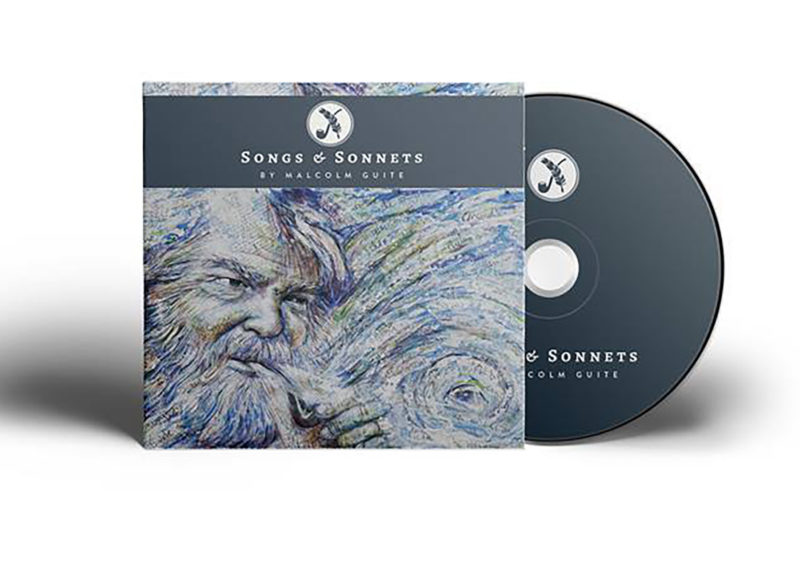
Malcolm’s English accented voice is mesmerizing to listen to – I am hoping that this album feeds a whole new flock on this side of the ocean.
I am very grateful to Faye Hall for participating in this interview
and to Ebonie Klassen for the very fine photographic work she has done over the years of Faye.
To see more of Ebonie Klassen’s beautiful work click through to her website.
To see more of Faye Hall’s incredible range of paintings click through to her website
or enjoy this video introduction to her work!
To learn more about the importance of artistic collaboration
see the interview with Diana Glyer on her book Bandersnatch here.
Many blessings to you always,
Lancia E. Smith is an author, photographer, business owner, and publisher. She is the founder and publisher of Cultivating Oaks Press, LLC, and the Executive Director of The Cultivating Project, the fellowship who create content for Cultivating Magazine. She has been honoured to serve in executive management, church leadership, school boards, and Art & Faith organizations over 35 years.
Now empty nesters, Lancia & her husband Peter make their home in the Black Forest of Colorado, keeping company with 200 Ponderosa Pine trees, a herd of mule deer, an ever expanding library, and two beautiful black cats. Lancia loves land reclamation, website and print design, beautiful typography, road trips, being read aloud to by Peter, and cherishes the works of C.S. Lewis, J.R.R. Tolkien, and George MacDonald. She lives with daily wonder of the mercies of the Triune God and constant gratitude for the beloved company of Cultivators.
Leave a Reply
A Field Guide to Cultivating ~ Essentials to Cultivating a Whole Life, Rooted in Christ, and Flourishing in Fellowship
Enjoy our gift to you as our Welcome to Cultivating! Discover the purpose of The Cultivating Project, and how you might find a "What, you too?" experience here with this fellowship of makers!
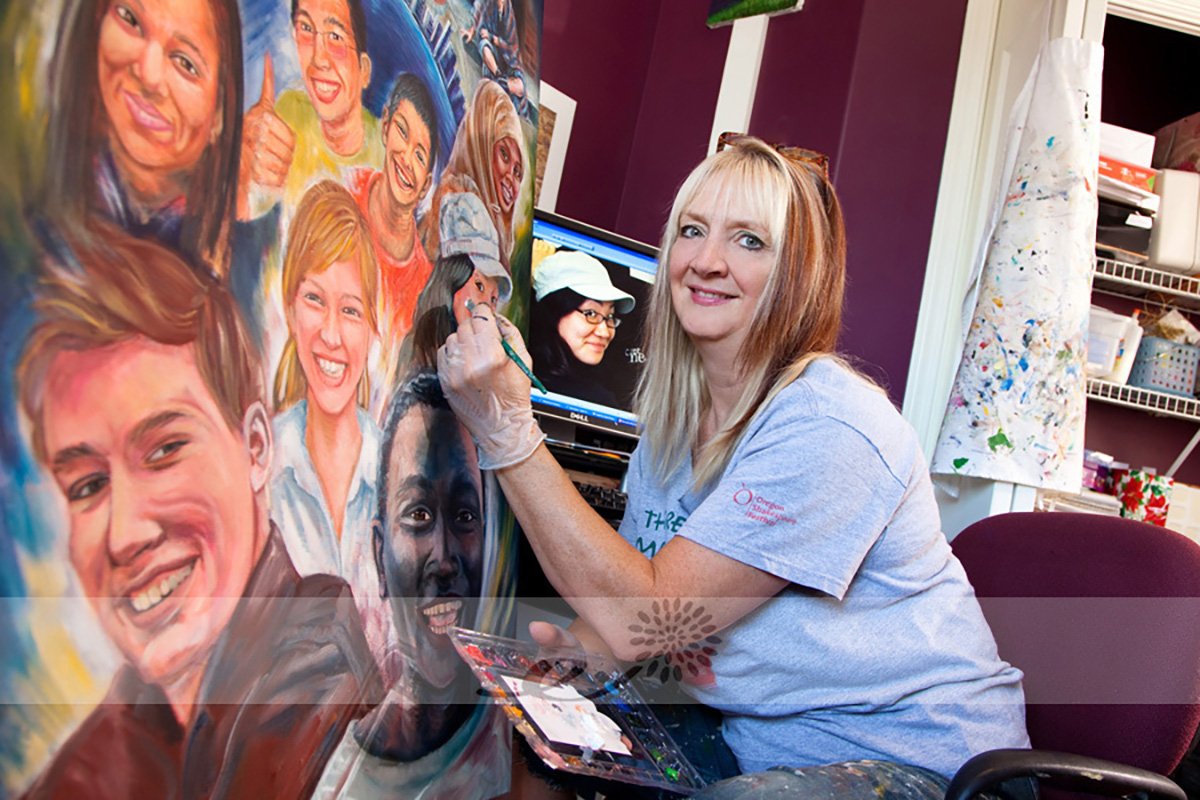
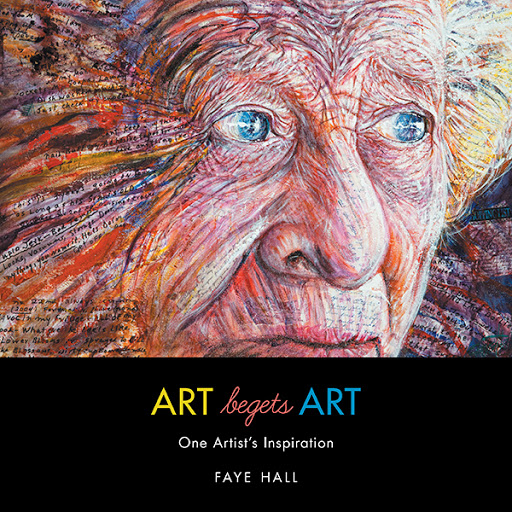
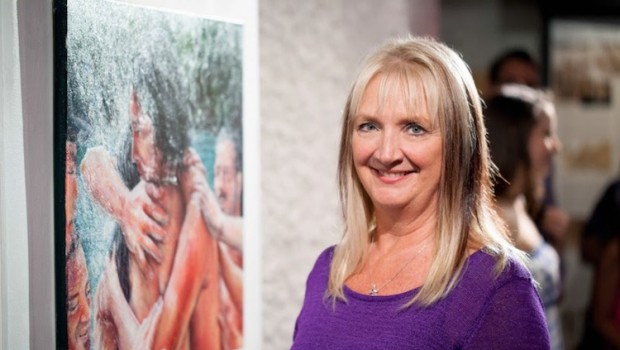
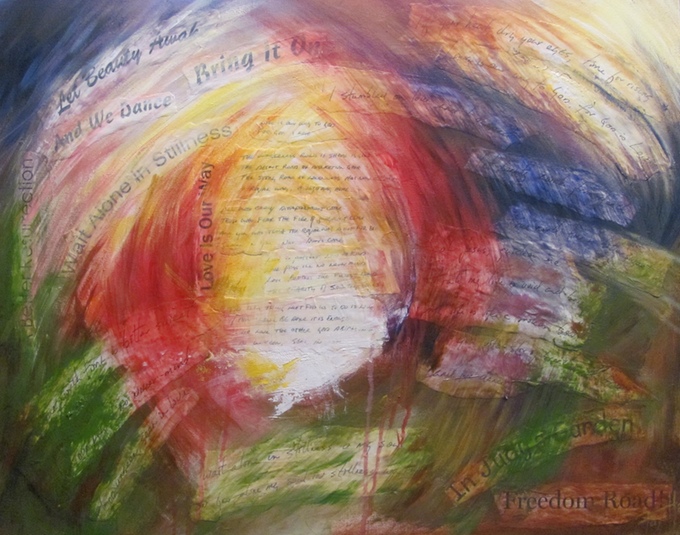
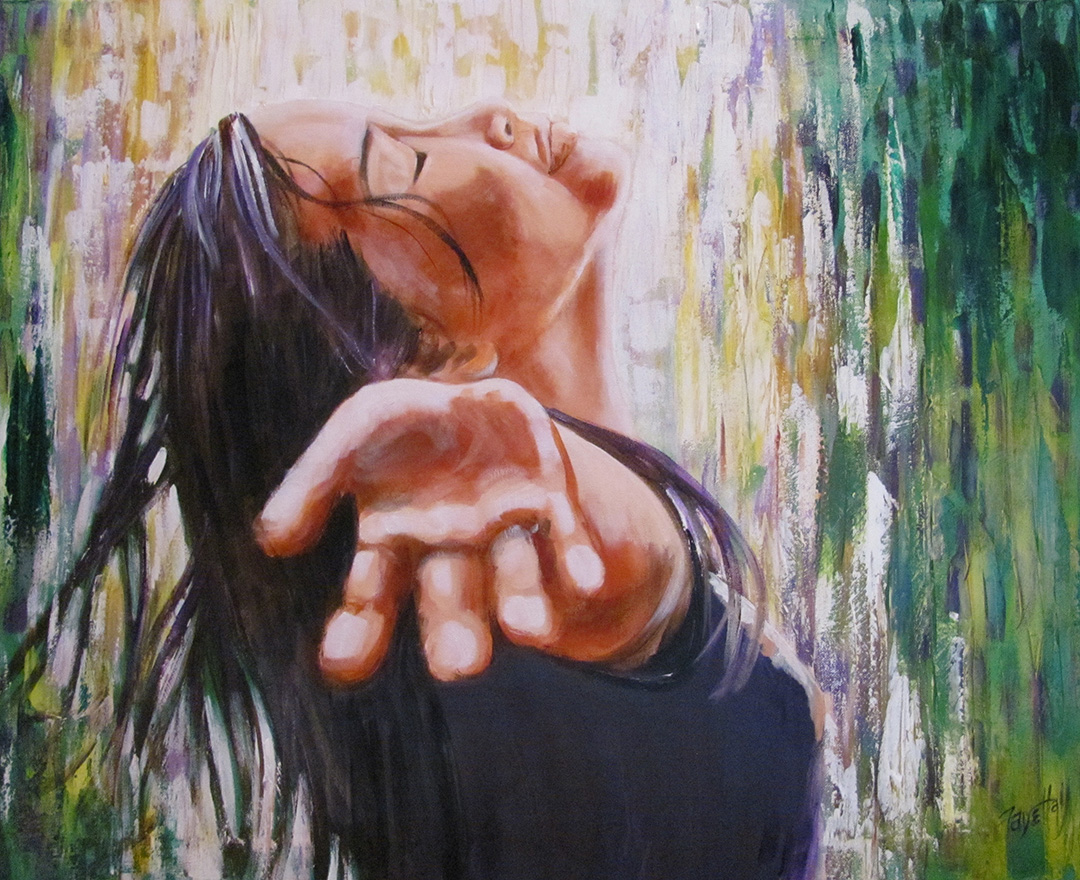
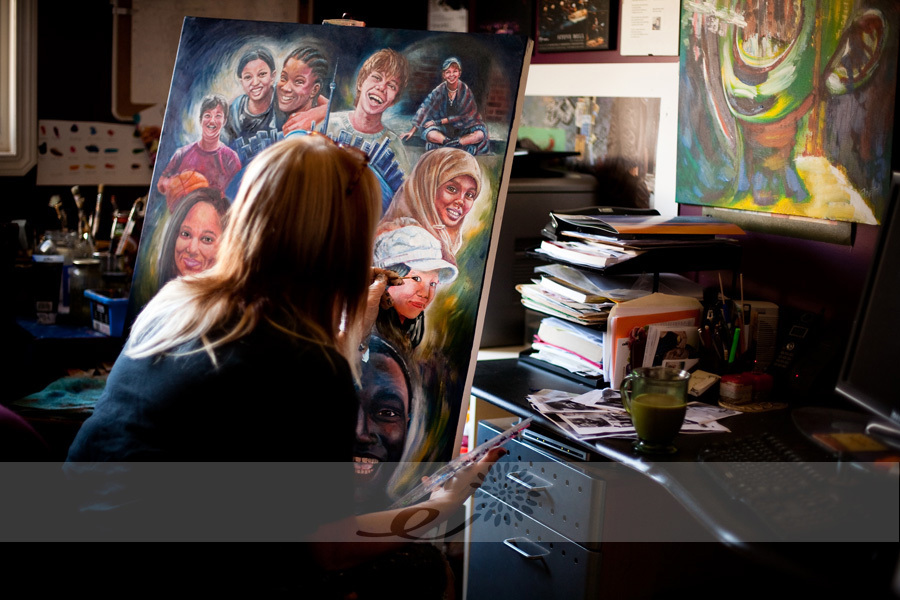
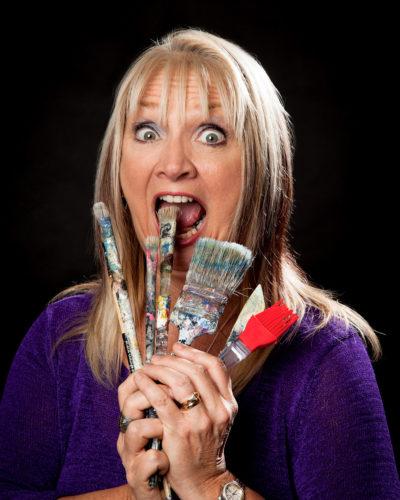
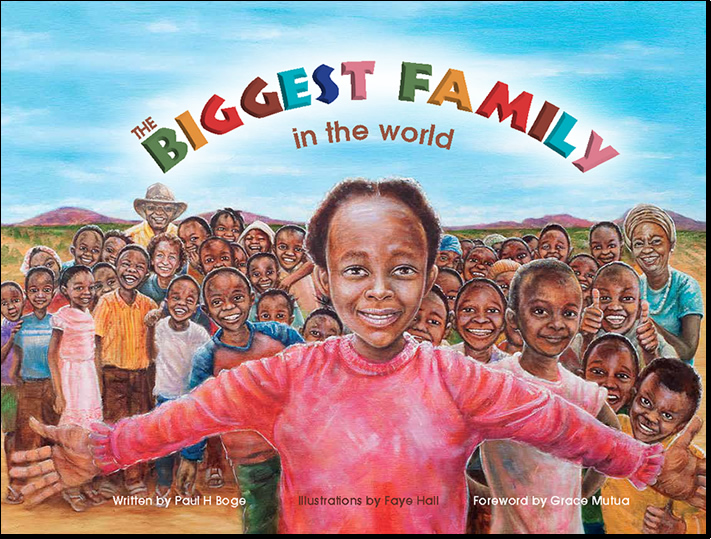
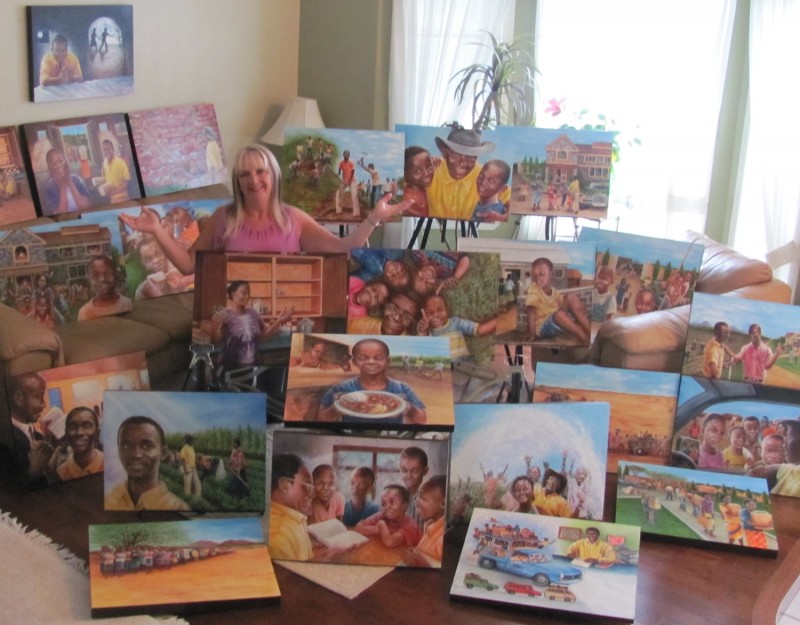
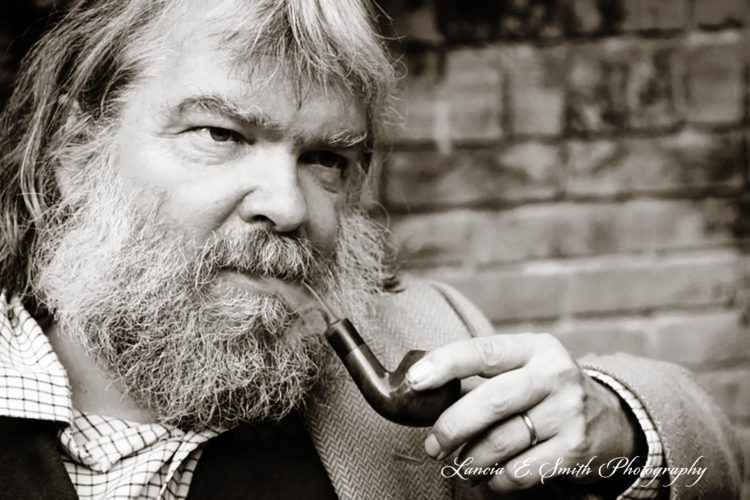
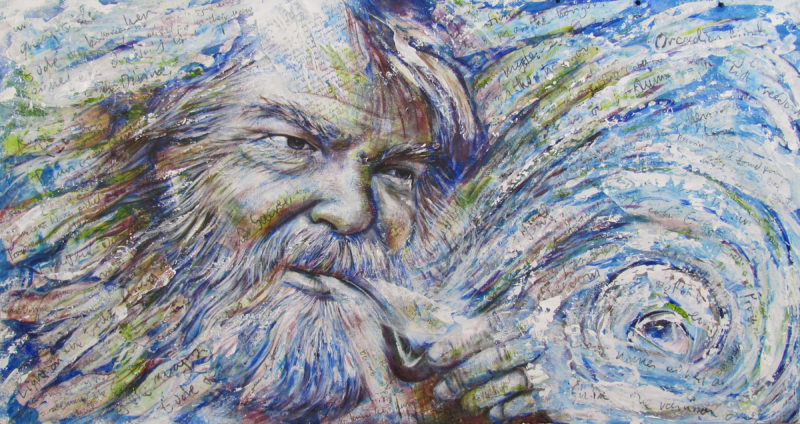
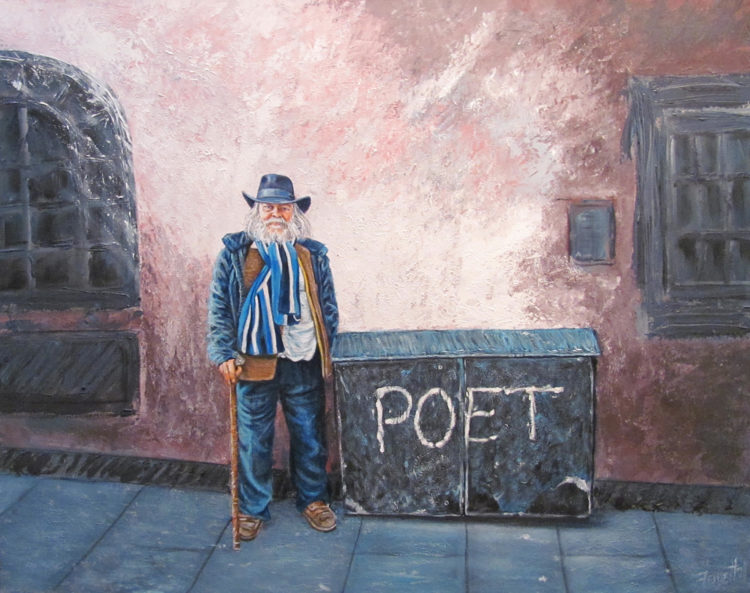

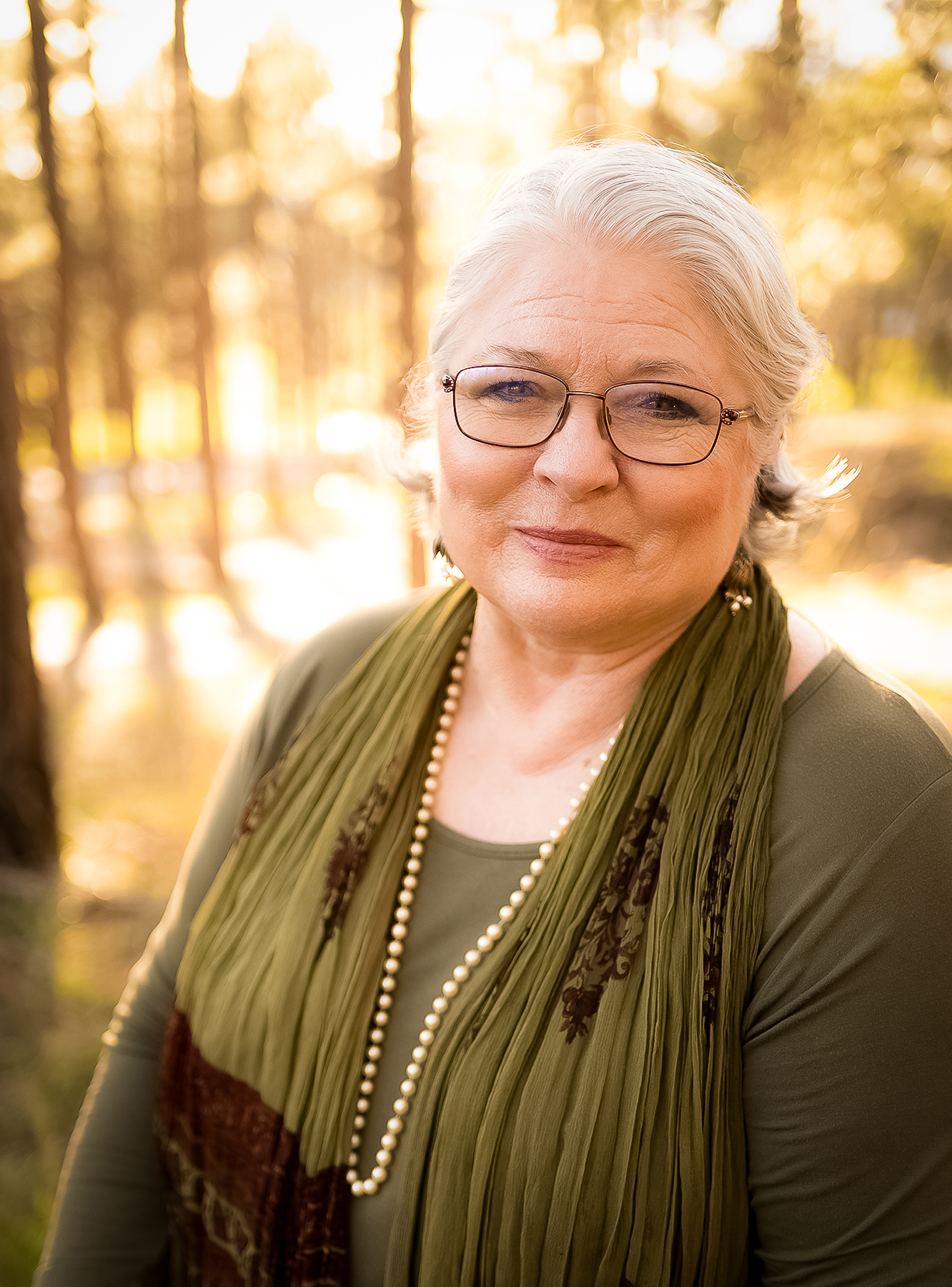
Add a comment
0 Comments